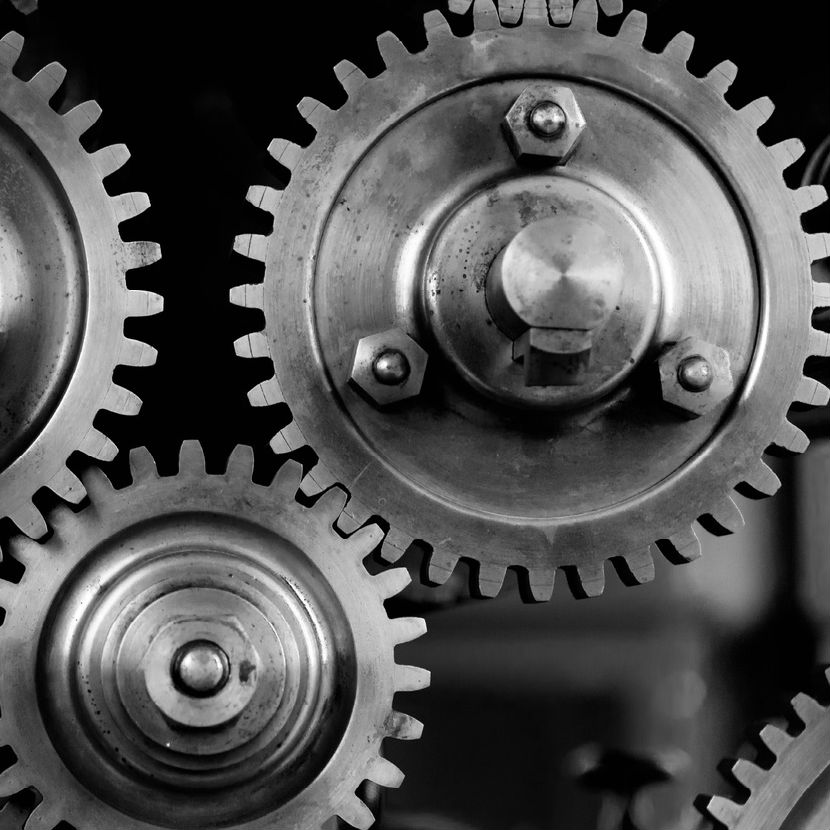Published:
Automation, a familiar term to all of us, was rarely used 100 years ago. Technology advancements took place at an exponential speed during the last century, and this trend shows no evidence of slowing down. It is estimated that 40% of the world’s jobs will be replaced by automated robots in the next 15 years. While both blue collar and white collar professions will be affected, occupations that involve dangerous and repetitive activities will be up first. Artificial intelligence and automation are destined to change the workforce and transform the routine of many industries.
The actual task of the job and the environment that it is in are determining factors when considering the implementation of robots. For example, food server jobs had a 94% likelihood of being replaced while the jobs of models had a 98% chance over the next 20 years. However, it would be hard for robots to replace humans that work in the frontline of the hospitality sector.
Some people argue that major innovations in history, like the steam engine and printing press, revolutionized the workforce the same way that automation is now. We have always found other alternatives and eventually coped with the changes. It is predicted that robots will replace 75 million jobs globally but also create 133 million new ones in the next three years. The advancement of technology opens up new labor needs as the labor-intensive, boring occupations are going off of the job market. Companies should to be flexible and adapt to these changes.
File under






